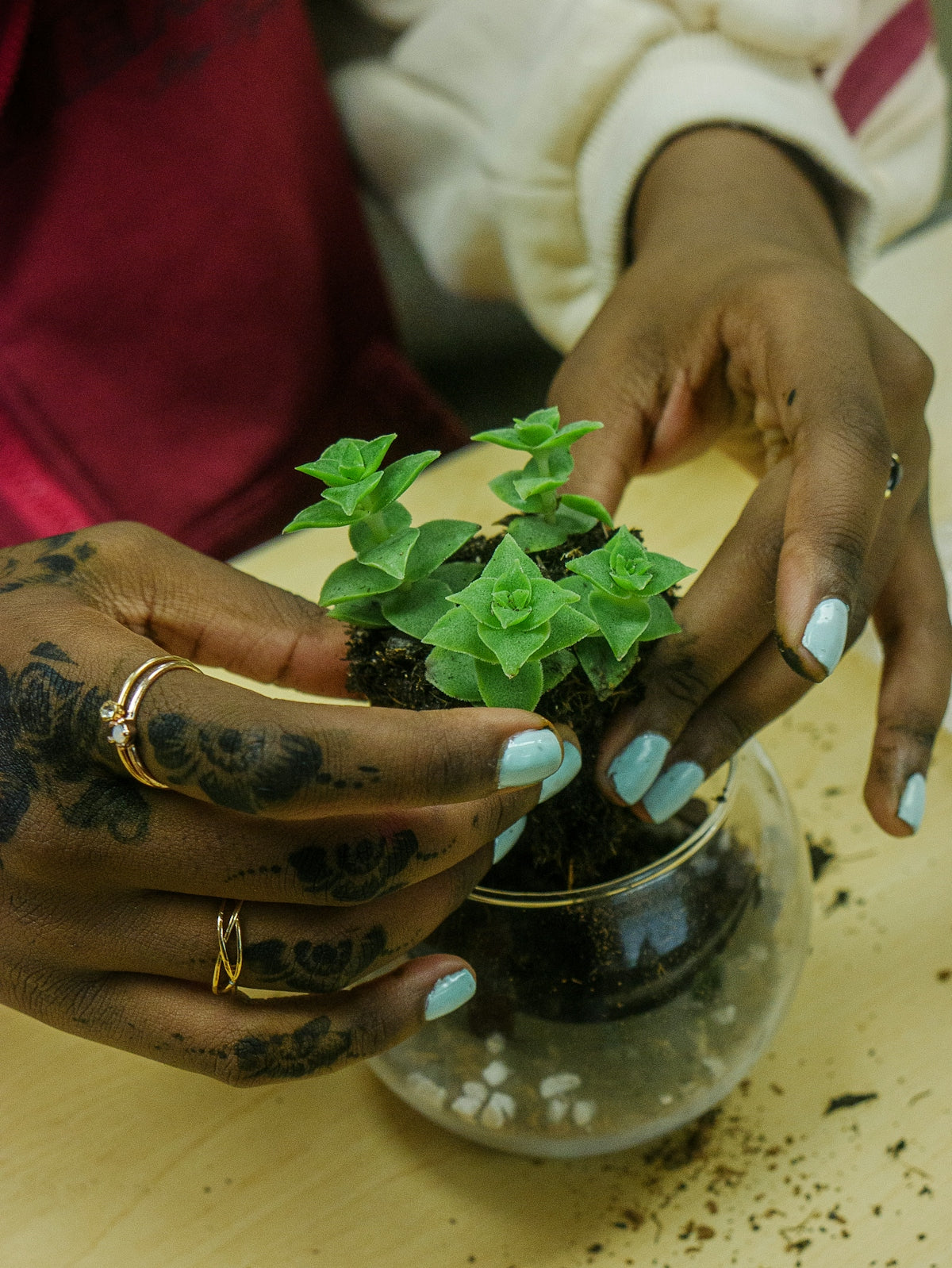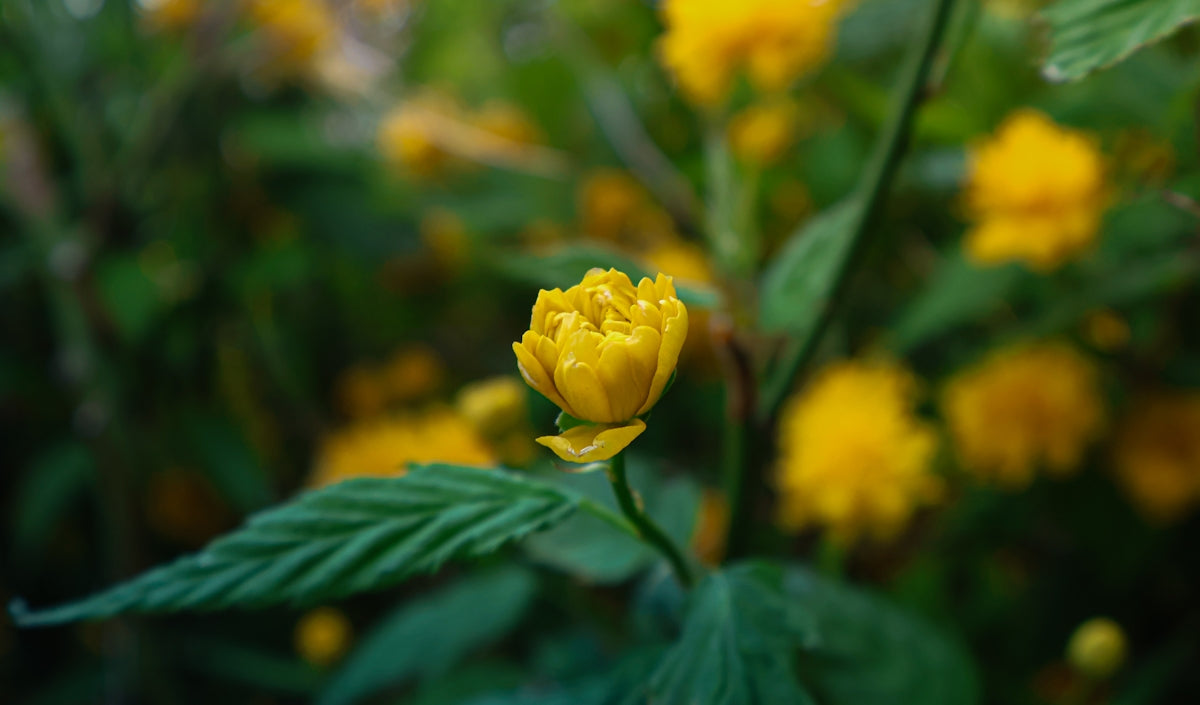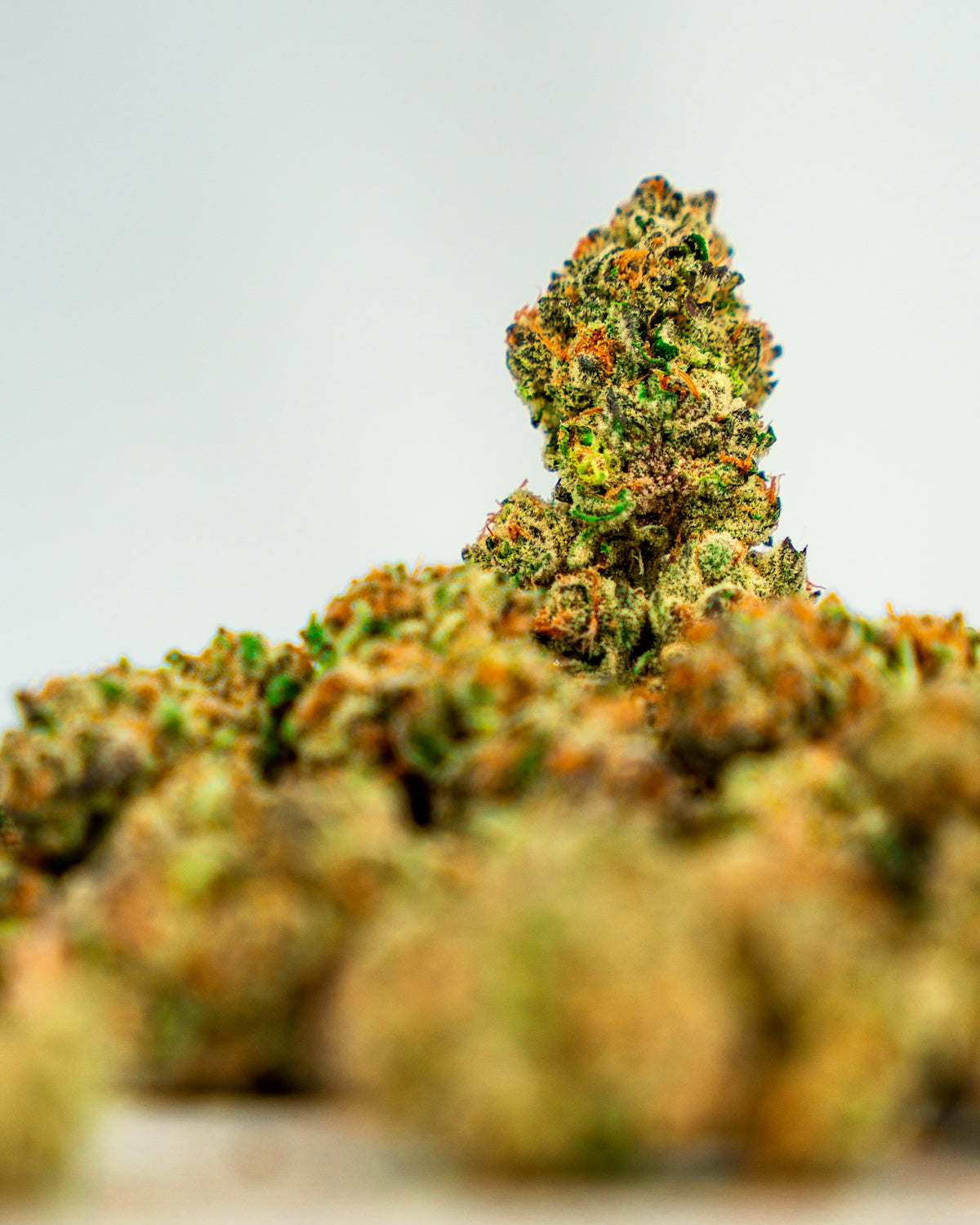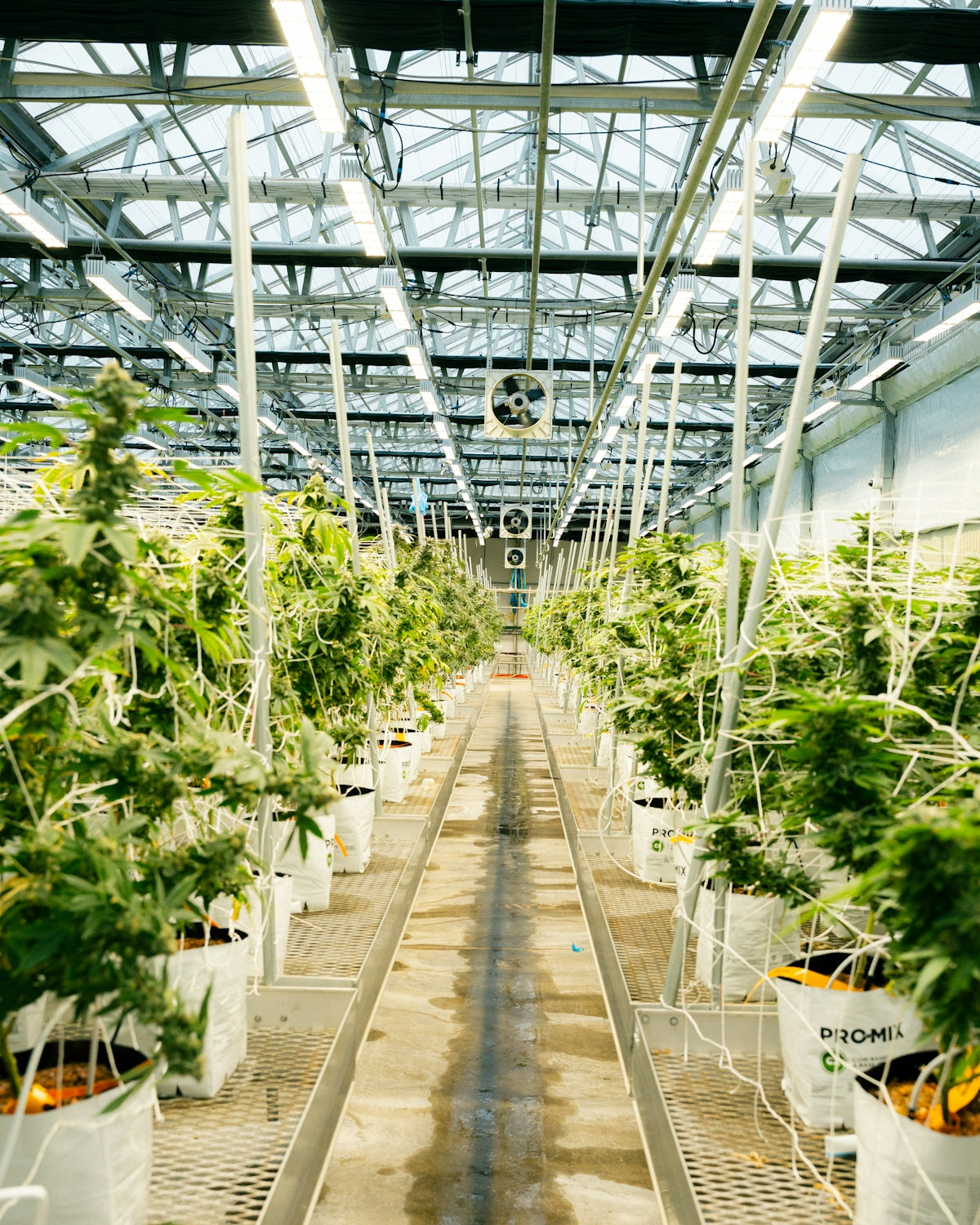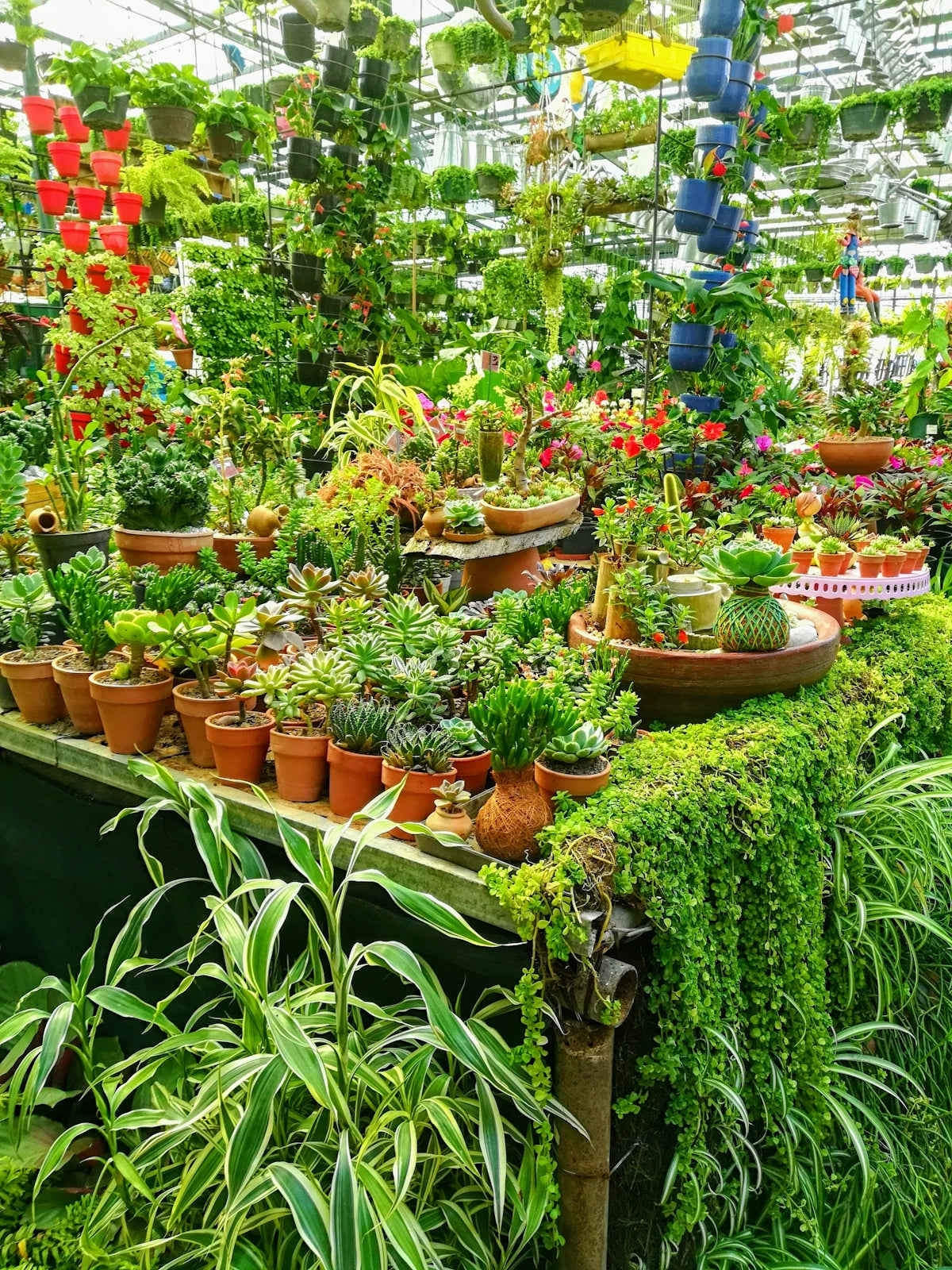FloraFlex Media
Thrips Infestation in Cannabis: Detection and Treatment
Thrips are common pests that can pose a threat to cannabis plants, causing damage to leaves, flowers, and buds. These tiny, slender insects feed on plant sap and can transmit viruses, leading to reduced plant vigor and yield. To effectively manage thrips infestations in your cannabis garden, it is crucial to detect them early and implement appropriate treatment measures.
Controlling Whiteflies in Cannabis: Tips and Techniques
Whiteflies are common pests that can cause significant damage to cannabis plants if not properly controlled. These tiny, flying insects feed on plant sap and can quickly multiply, leading to yellowing leaves, stunted growth, and the transmission of plant diseases. To protect your cannabis crop from whiteflies, it is essential to implement effective control measures.
Fungus Gnats: Identification, Prevention, and Eradication in Cannabis Cultivation
Fungus gnats are small flying insects that can become a nuisance in cannabis cultivation. These pests are attracted to moist soil and organic matter, making them particularly problematic in indoor gardens or those with high humidity levels. Fungus gnats lay their eggs in the growing medium, and their larvae feed on the plant's roots, leading to stunted growth and nutrient deficiencies. To protect your cannabis plants from fungus gnats, it's essential to identify, prevent, and eradicate these pests effectively. In this article, we will explore strategies for dealing with fungus gnats in cannabis cultivation.
The Battle Against Aphids: Effective Control Measures for Cannabis
Aphids are persistent pests that can cause significant damage to cannabis plants if left unchecked. These tiny insects feed on plant sap and reproduce rapidly, leading to stunted growth, distorted leaves, and even the transmission of plant diseases. To protect your cannabis crop, it's crucial to implement effective control measures against aphids. In this article, we will explore various strategies to combat aphid infestations and ensure the health and vitality of your cannabis plants.
Preventing and Managing Spider Mites in Cannabis Gardens
Spider mites are one of the most common pests that can wreak havoc on cannabis plants. These tiny arachnids can multiply rapidly and cause significant damage to the leaves, buds, and overall health of your plants. Implementing preventive measures and knowing effective management techniques are crucial for maintaining a healthy cannabis garden. In this article, we will explore strategies to prevent and manage spider mites in your cannabis gardens.
Integrated Pest Management (IPM) Strategies for Cannabis Cultivation
Integrated Pest Management (IPM) is a comprehensive approach to pest control that focuses on minimizing pest damage while reducing the use of chemical pesticides. In cannabis cultivation, implementing effective IPM strategies is essential for maintaining plant health, maximizing yields, and promoting environmental sustainability.
Understanding the Impact of Pests on Cannabis Growth and Yield
Pests can have a significant impact on the growth and yield of cannabis plants, making pest management a crucial aspect of successful cultivation. In this article, we will explore the various ways pests can affect cannabis plants and the potential consequences on their overall growth and yield.
Common Cannabis Pests: Identification and Prevention
Cannabis plants are vulnerable to various pests that can negatively impact their health and reduce yields if left unchecked. Identifying common cannabis pests and implementing preventive measures is essential for maintaining a healthy and thriving crop.
Harnessing Natural Light and Utilizing Supplemental Lighting in Cannabis Cultivation
Light is an essential factor for successful cannabis cultivation, and harnessing natural light while utilizing supplemental lighting techniques can optimize plant growth and maximize yields.
Strategies for Cooling Cannabis Grow Rooms and Maintaining Optimal Temperatures
Maintaining optimal temperatures is crucial for successful cannabis cultivation, especially in indoor grow rooms where heat can quickly accumulate. High temperatures can adversely affect plant health, growth, and ultimately, yield. Implementing effective cooling strategies is essential to ensure a stable and favorable environment for cannabis plants. In this article, we will explore various strategies for cooling cannabis grow rooms and maintaining optimal temperatures, enabling growers to create an ideal climate for their crops.
The Impact of Light and Temperature on Cannabis Indoor vs. Outdoor Cultivation
Light and temperature are two crucial factors that significantly influence cannabis cultivation, whether it's done indoors or outdoors. Understanding the impact of light and temperature in both settings is essential for growers to optimize their cultivation practices and achieve successful results.
Preventing Light Burn and Heat Stress in Cannabis Canopies
Light burn and heat stress are common challenges faced by cannabis growers, particularly when cultivating in indoor environments or using high-intensity lighting systems. These issues can negatively impact the health and productivity of cannabis plants. Implementing preventive measures is crucial to ensure optimal growth and prevent damage caused by excessive light and heat.
The Significance of Light and Temperature in Cannabis Vegetative Growth
Light and temperature are two critical environmental factors that significantly influence the vegetative growth of cannabis plants. Understanding their significance and providing optimal conditions can promote healthy development, strong structural formation, and vigorous vegetative growth.
Exploring the Influence of Light Spectrum on CBD and THC Ratios
The light spectrum plays a significant role in the production of cannabinoids, including CBD (cannabidiol) and THC (tetrahydrocannabinol), in cannabis plants. Different light spectra can influence the biosynthesis pathways and enzymatic reactions involved in cannabinoid production, ultimately impacting the CBD-to-THC ratio.
Adjusting Light and Temperature for Different Cannabis Cultivars
Each cannabis cultivar has unique characteristics and requirements, including preferred light and temperature conditions. By understanding and adjusting these environmental factors, growers can optimize the growth, development, and overall health of different cannabis cultivars.
The Role of Light and Temperature in Cannabis Pest and Disease Management
Light and temperature not only influence plant growth and development but also play a crucial role in managing pests and diseases in cannabis cultivation. Understanding the relationship between light, temperature, and pests/diseases can help growers implement effective prevention and control strategies.
The Effects of Light and Temperature on Cannabis Morphology and Structure
Light and temperature are crucial environmental factors that significantly influence the morphology and structure of cannabis plants. These factors play a vital role in shaping the growth, development, and overall appearance of cannabis.


